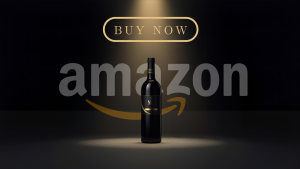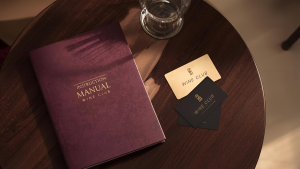Anyone who works in a winery, distillery, or craft brewery knows it: the value of a bottle lies not only in what it contains, but in everything it represents. There’s the land, the hard work, the seasons, the bold choices. And then there’s the relationship with the person who drinks that bottle—perhaps on the other side of the world.
This is where the idea of a wine club comes from: not just to sell, but to build lasting, genuine, and personal connections.
What is a wine club, really?
A wine club is much more than just a subscription to bottles of wine. It’s a project designed to create an ongoing relationship between producer and customer. Those who join a wine club regularly receive an exclusive selection of wines (or spirits, craft beers), often accompanied by extra content: stories, recipes, tasting tips, invitations to events. But above all, they receive attention.
It’s a way to make the customer feel part of something special — a small community where not just a product is shared, but a philosophy, a passion, a sense of place. For wineries and breweries, it’s a tool for direct sales, yes, but above all to build authentic, deep, and human loyalty.
Loyalty doesn’t mean “buying often”, it means “coming back because you trust.
A well-run wine club is a commitment, not a marketing strategy. It means telling the customer:
Those who join a wine club do so because they want to feel involved, engaged. They want to be the first to discover a new label, receive a carefully curated selection, perhaps accompanied by a handwritten letter or a memento from the harvest. Deep down, they want to feel special.
At the heart of every well-designed wine club is exactly this: not the urgency to sell more, but the desire to build something that lasts. A genuine relationship, built on trust, listening, and small gestures that show care. One bottle alone is not enough to win over a customer, but a shared experience can keep them coming back.
Offering a wine club means opening a human and direct channel, where wine becomes just the starting point to share stories, emotions, seasons, and faces. It means shifting the focus from the “product” to the relationship, making each person feel part of something unique, vibrant, and truly yours.

A vast world for a close relationship
Those who sell abroad know this: geographical distance is only an obstacle if we allow it to be. A well-designed wine club, with efficient management of excise taxes, duties, and customs procedures, allows wine to be shipped even to Japan or the United States without the customer having to worry about a thing.
This is where technology and humanity meet (as discussed in the article Tradition and Innovation in the World of Wine): when the customs system works seamlessly in the background, the customer can focus on the experience — which must be smooth, enjoyable, and memorable.
Not all wine clubs have to be the same: some offer monthly subscriptions, others prefer seasonal shipments, some build the club around winery events, and others use it to provide exclusivity. Every company has its own style.—and it’s right that the wine club reflects that. What matters is that there is a clear and kept promise behind it: that every bottle sent is part of a relationship, not just a transaction.

An investment that pays off over time
Building a wine club requires time, care, and strategy. But it is one of the few tools that allows you to turn a buyer into a supporter, a customer into a friend.
Those who join the club don’t just buy wine: they buy a way of seeing the world, of working, of sharing your story. And if that experience moves them, they won’t just come back — they’ll share it.
And all of this, today, is possible even when managing the complexities of selling abroad. With the right technological tools, integrated logistics, and flawless customs management. (we discuss this in more detail here).




